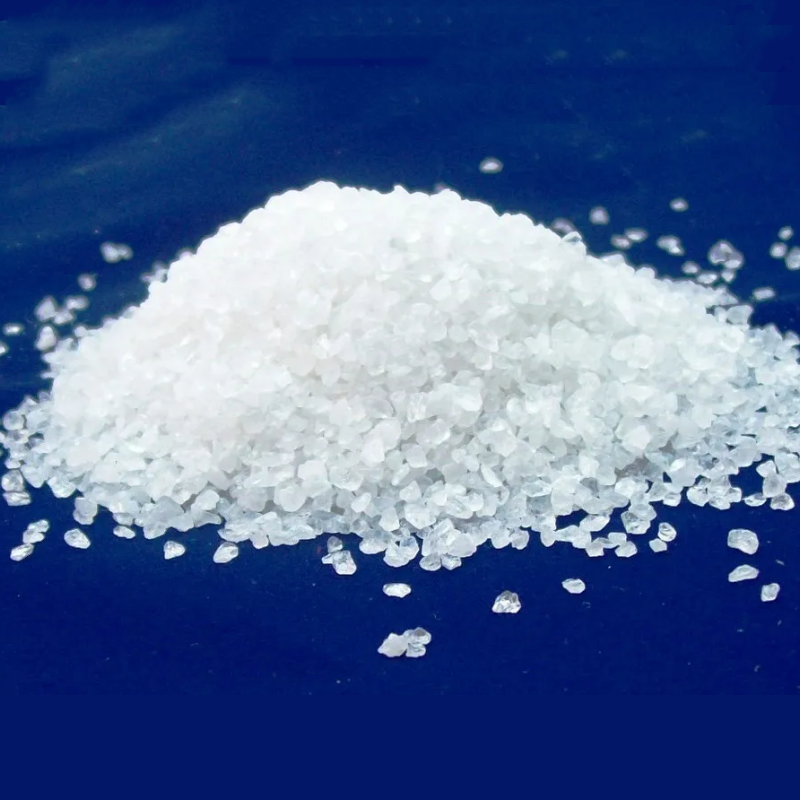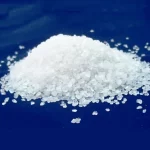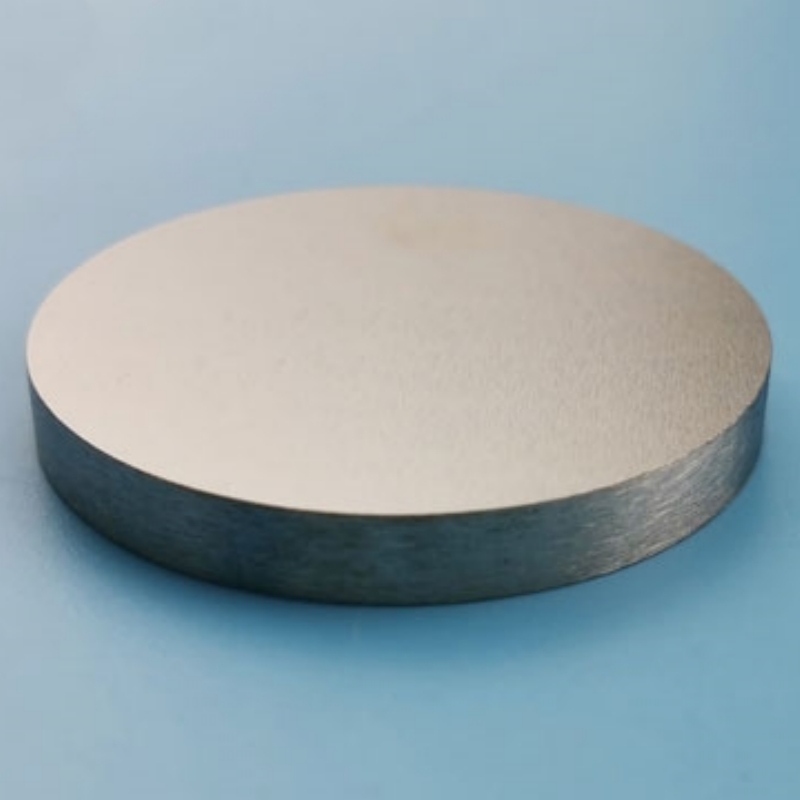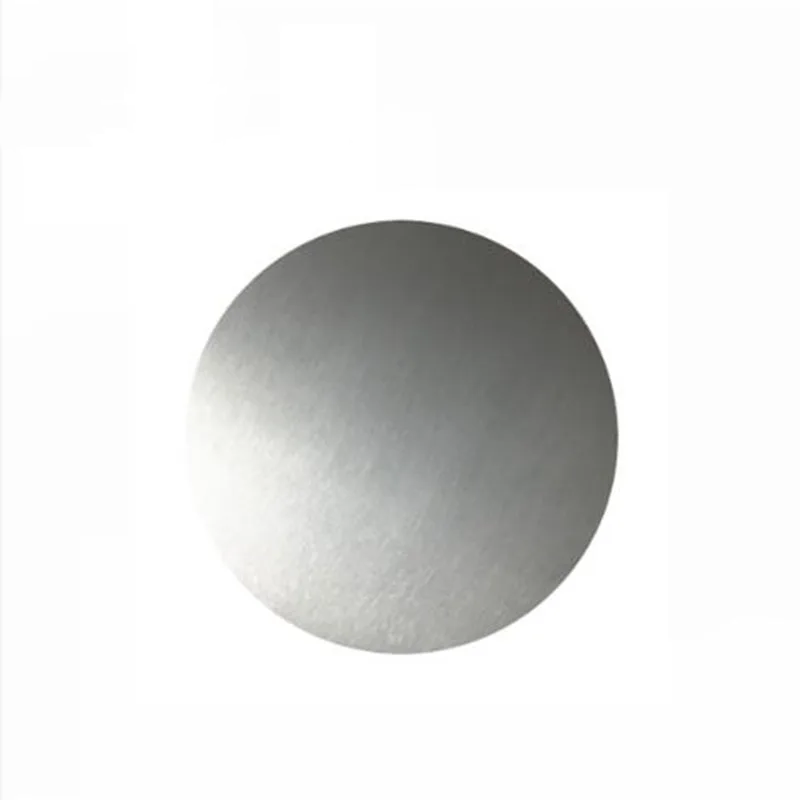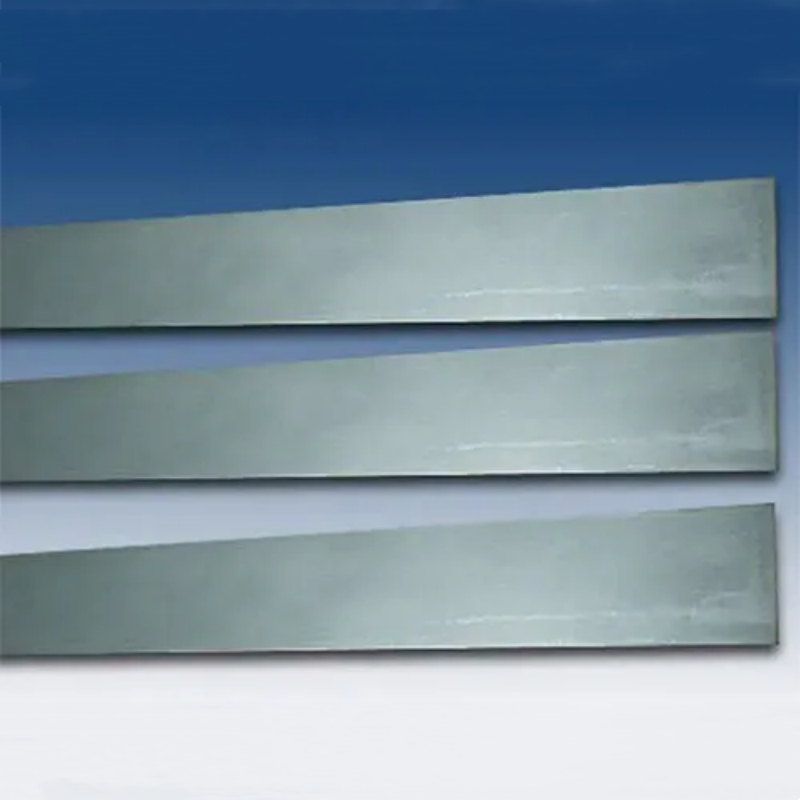Silica crystal (SiO₂) is a high-purity mineral compound recognized for its exceptional optical transparency, hardness, and chemical stability. It is widely used in optical components, semiconductor manufacturing, laboratory research, and high-performance industrial applications. Due to its outstanding thermal and mechanical properties, silica crystal plays a crucial role in precision optics, electronics, and specialized engineering solutions.
Product Overview
Silica (SiO₂), also known as silica stone, is a crucial inorganic compound with widespread use in industries such as glass manufacturing, optics, and electronics. Crystalline silica exhibits high density and melting point, along with outstanding chemical stability. It is insoluble in water and reacts with hydrofluoric acid to form silicon tetrafluoride. The superior properties of silica crystals allow them to maintain stability even in high-temperature and high-pressure environments, making them suitable for various advanced technological applications.
Features
- High purity (4N-5N), ideal for precision applications
- Stable chemical properties, maintaining stability under high temperature and pressure
- Insoluble in water, highly resistant to acids, suitable for harsh environments
- Hard crystalline structure, suitable for demanding industrial applications
Applications
- Glass Manufacturing: Essential raw material for the production of quartz glass, optical fibers, and water glass
- Electronics Industry: Widely used in the production of semiconductors, electronic components, and optical instruments
- Optics Industry: Used in the manufacture of optical materials and instruments, providing excellent refractive index
- Lubricants and Flow Agents: Used as a flow aid and anti-stick agent in pharmaceutical granulation, especially in oil and paste-based products
- Refractory Materials: Employed in the production of high-temperature refractory materials and equipment
- Scientific Research: Widely used as a key research material in physics, chemistry, and engineering
| Element | Measured Value | Standard Value | Unit | Element | Measured Value | Standard Value | Unit | Element | Measured Value | Standard Value | Unit |
| Li | <0.3 | ppm | Zn | Pb | <0.3 | ppm | |||||
| B | 0.2 | ppm | Ga | Bi | |||||||
| F | Ge | Y | |||||||||
| Na | 1.67 | ppm | As | Th | |||||||
| Mg | 0.4 | ppm | Se | Er | |||||||
| Al | 14 | ppm | Zr | Ru | |||||||
| Si | ppm | Nb | Rh | ||||||||
| P | Mo | Os | |||||||||
| Cl | Pd | Cd | |||||||||
| K | 1.49 | ppm | Ag | In | |||||||
| Ca | 1.5 | ppm | Sn | <0.3 | ppm | ||||||
| Ti | Sb | ||||||||||
| V | Ba | ||||||||||
| Cr | <0.3 | ppm | Hf | ||||||||
| Mn | 0.05 | ppm | Ta | C | |||||||
| Fe | 0.8 | ppm | W | S | |||||||
| Co | Pt | O | ppm | ||||||||
| Ni | <0.3 | ppm | Au | N | |||||||
| Cu | 0.01 | ppm | Hg | H |
 new material
new material

